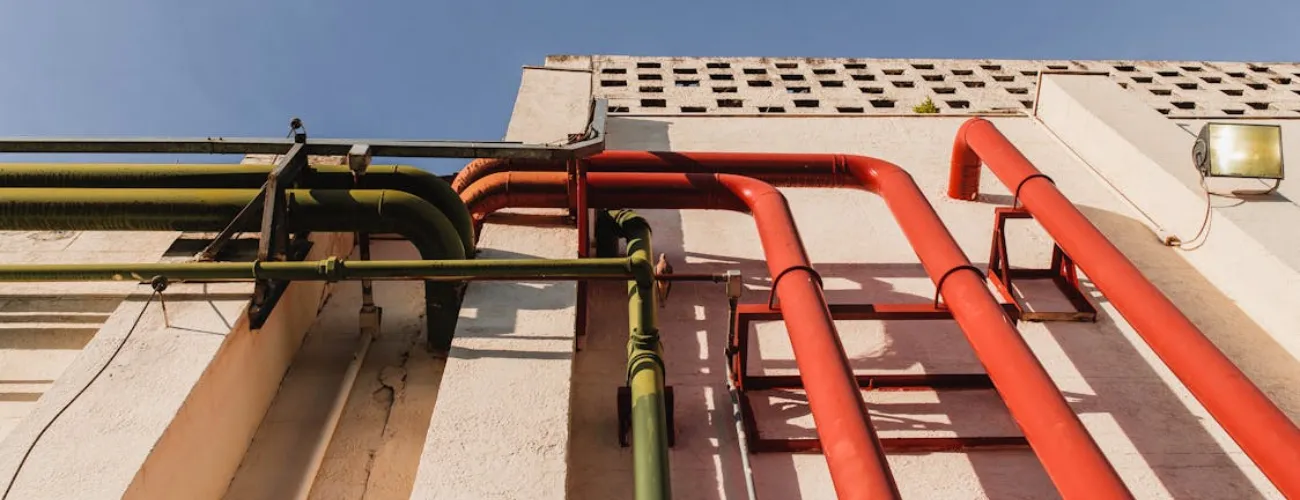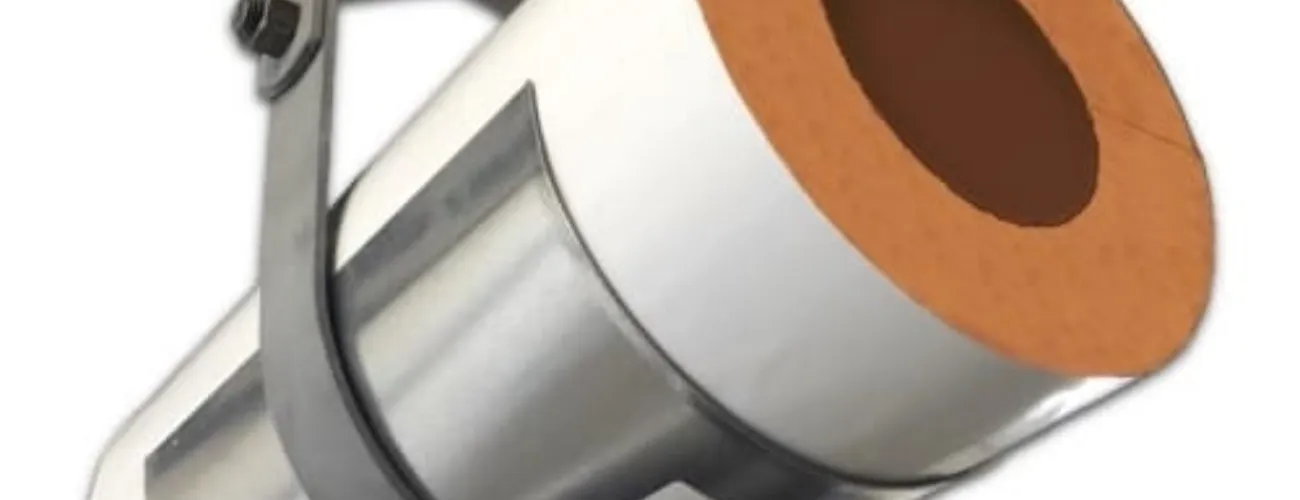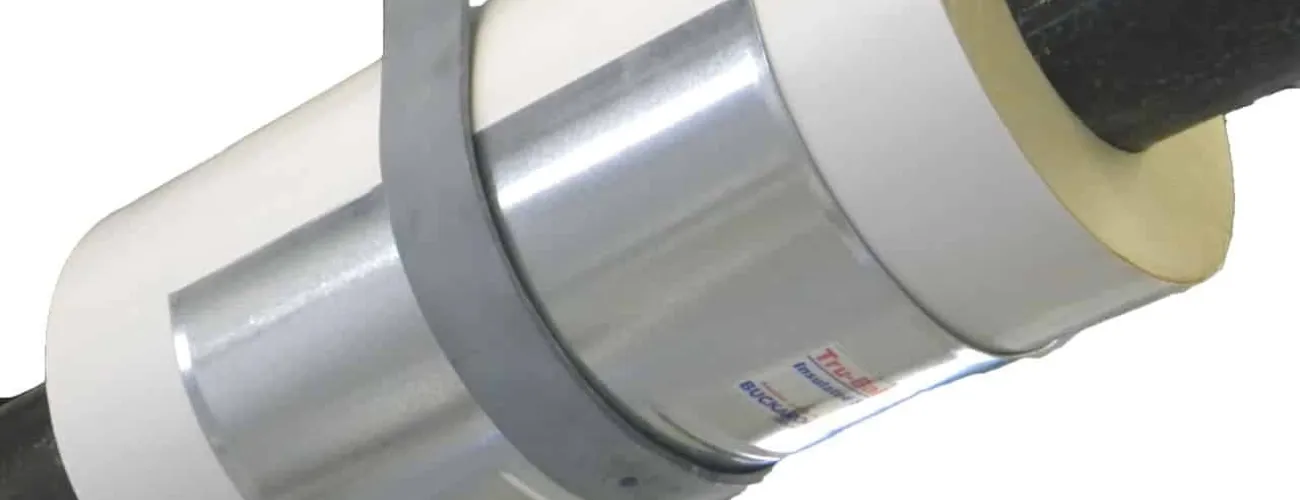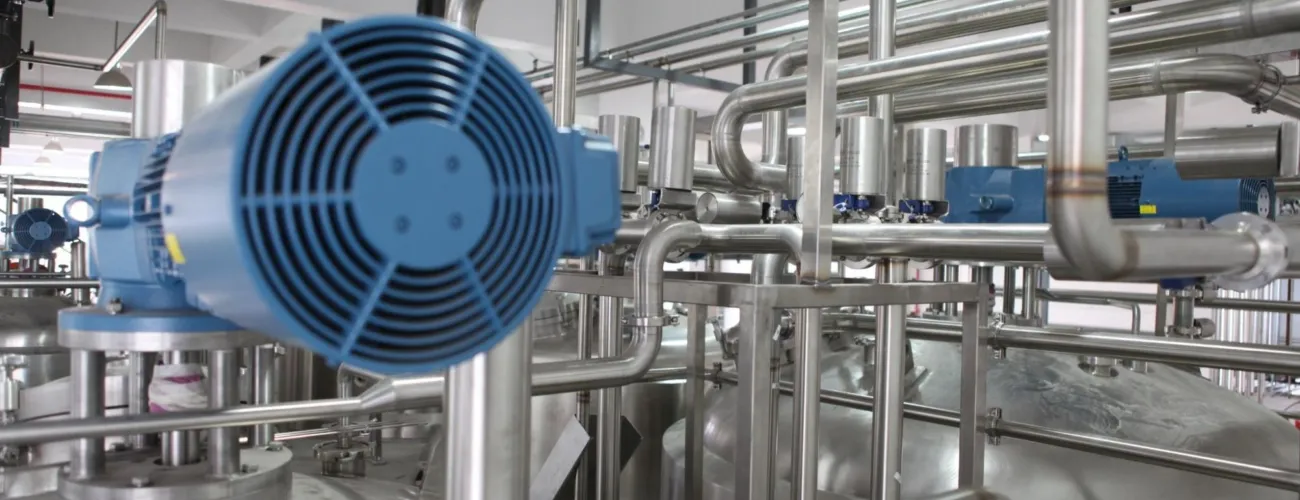Fire-Rated Pipe Insulation Explained
In an industrial setting, the need for the right pipe hangers and supports cannot be overstated. They are crucial components that help ensure that piping systems are properly supported, stable, and secure. Given the high pressure, elevated temperatures, and hazardous materials often transported in industrial pipes, these types of supports are even more essential in the industrial context.
This article will focus on industrial pipe hangers and supports, and the difference between non-industrial and industrial applications as well as highlighting relevant products from Buckaroos®, an industry leader in the field.
The Importance of Industrial Pipe Hangers and Supports
Industrial pipe hangers and supports play a critical role in maintaining the efficiency and safety of industrial piping systems. These components:
- Absorb shocks and vibrations: Industrial environments often generate more vibrations, which can impact piping systems. Robust supports dampen these effects.
- Ensure proper alignment: Hangers and supports maintain the intended path of the pipe system to promote efficient fluid flow.
- Prevent damage and wear: By reducing stress on pipe joints and connections, supports can help prolong the lifespan of the system.
Difference Between Industrial and Non-Industrial Pipe Hangers
The primary differences between industrial pipe hangers and non-industrial or light commercial pipe hangers typically relate to the scale of the project, material composition, environmental considerations, and the standards or regulations that must be followed.
Scale of Project
Industrial pipe systems are often more extensive, operate under higher pressures and temperatures, and require hangers and supports that are built to withstand these types of conditions. Non-industrial hangers are generally less robust, and are designed for smaller scale piping systems with lower pressures and temperatures.
Material Composition
Industrial pipe hangers are often made from stronger, more durable materials, like stainless steel or galvanized steel, that can withstand the rigors of an industrial environment. Residential pipe hangers might be made from plastic, copper, or light-weight metals.
Environmental Considerations
Industrial pipe hangers must meet stringent industrial standards and regulations for safety and performance, while residential pipe hangers typically adhere to less strict codes.
Industrial pipe hangers are designed and built to handle more demanding, and harsher conditions compared to their non-industrial counterparts.
Types of Industrial Pipe Hangers and Supports
Clevis Hangers

A Clevis hanger is used to support horizontal pipe runs in a variety of different applications. It’s designed to enable the efficient suspension of piping in heating, ventilation, and air conditioning (HVAC) systems, among other utilities.
The Clevis hanger comprises a clevis and a U-bolt. The clevis wraps around the pipe, while the U-bolt fits over it. The two parts are secured with nuts for hanging the pipe at an adjustable height and angle, which is one of the benefits of using a clevis hanger.
Sliding Saddles

A sliding saddle is a type of pipe support designed to manage both the weight of the pipe and any movement from thermal expansion and contraction. It consists of two main parts: the saddle and a base that it can slide on. The saddle is shaped to fit the contour of the pipe and distribute its weight over a larger area to reduce the pressure on any single point.
The sliding base underneath the saddle is typically constructed of two plates of material, often metal, with low friction between them. One plate is fixed, and the other is connected to the saddle that can slide on the fixed plate. Sliding saddles are an excellent alternative to costly roller hangers.
J-Hangers

J-Hangers are ideal for light loads and can be easily attached to structural members with a rod or fastener. Their J-shaped design provides superior support for piping systems. J-hangers are often used for light-duty applications, particularly with smaller-diameter pipes such as those used in residential or light commercial plumbing.
One end of the J-hanger is typically attached to a structure such as a wall or ceiling using screws or other fasteners, while the curved portion of the J provides support for the pipe. The design allows the pipe to be easily inserted and removed from the hanger, which makes it a flexible choice for installations where adjustments may be needed.
Riser Clamps

Riser clamps are specifically designed to support vertical piping. They clamp onto the pipe and allow the pipe’s weight to be carried across a larger area. They are often used in building and industrial applications where vertical pipes need to be secured and supported, especially when running through multiple floor and ceiling levels.
A riser clamp works by transferring the load of the pipe to the building structure. It encircles the pipe and is tightened to hold the pipe securely. The lower part of the clamp, which is flat, rests on the upper surface of the structural member (like a floor or a beam). The upper part of the clamp grips the pipe to prevent it from moving downward.
Roller Hangers and Supports

Roller hangers and supports are a specialized type of pipe support used to accommodate the movement of the pipes due to thermal expansion, contraction, and other dynamics. Roller hangers consist of a hanger attached to a structure like a ceiling or wall, and a roller that the pipe rests on.
The roller allows the pipe to move back and forth with less friction than if it was resting directly on a stationary hanger. This can help reduce stress on the pipe, particularly in high-temperature applications where thermal expansion and contraction can be significant.
Spring Hangers

Spring hangers are used for supporting piping systems that undergo significant vertical movement due to thermal expansion-contraction, vibrations, or other dynamic forces.
Spring hangers consist of a spring mechanism that allows the pipe to move while still providing support. The spring mechanism can either be variable spring hangers or constant spring hangers, depending on the application.
Variable Spring Hangers
Variable spring hangers work on the principle that the support load remains relatively constant while the pipe moves. As the pipe moves due to thermal expansion or contraction, the spring compresses or expands to accommodate the movement to maintain the support.
Band Hangers
Band hangers are brackets that support insulated or non-insulated pipes from overhead and allow for vertical adjustment. They are frequently utilized in fire safety sprinkler systems to suspend and join piping. Band hangers are used in commercial buildings and large multi-family complexes due to their lightweight design and lower costs.
Constant Spring Hangers
Constant spring hangers help to maintain a nearly constant supporting force over the entire travel range of the support. This is usually accomplished by a mechanical system within the support that compensates for the changing spring force as the hanger moves. Constant spring hangers are typically used in situations where a variation in the force supporting the pipe could cause problems, such as damage to the pipe or connected equipment.
Split Ring Hangers
Split ring hangers are a type of pipe hanger used to suspend or mount pipes, especially in scenarios where the pipe cannot be turned or moved significantly.
They are commonly used in both light industrial and commercial applications. As their name suggests, split ring hangers are designed as a ring that is split into two parts.
This allows them to be installed or removed without having to lift or move the pipe. The hanger encircles the pipe to provide support over a large surface area, which can help to distribute the weight of the pipe and reduce stress points.
Typically, one end of the hanger is bolted or screwed into a wall, ceiling, or other structural member, while the other end can be adjusted to securely grip the pipe.
Choosing the Right Industrial Pipe Hangers and Supports
When selecting industrial pipe hangers and supports, consider the following factors:
Material of the Pipe
Steel pipes are a popular choice due to their affordability and versatile mechanical properties, which make them suitable for a variety of applications. Additionally, they are durable, resistant, and can withstand deformation over time.
Temperature and Pressure Conditions
Pipes carrying high-temperature or high-pressure fluids may require specially designed hangers and supports.
Environmental Factors
Factors such as humidity, corrosive substances, or outdoor exposure can influence the type and material of the support.
Pipe Size
Different supports are designed to handle different pipe sizes and weights.
Regulatory Standards
Adherence to local codes and standards is critically important.
Buckaroos®: Leading the Charge in Industrial Pipe Hangers and Supports
Buckaroos® is at the forefront of the industry, and they offer a broad selection of pipe hangers and supports designed for demanding industrial applications. With durability, safety, and efficiency at the core of our design philosophy, our products ensure your industrial pipe systems are not only secure, but are also optimized for performance.
Contact us today for more information.

Carrie Powers
Carrie channels her passion for innovative solutions in the construction industry for Buckaroos. With a deep understanding of Buckaroos' leading insulated pipe support systems and insulation protection shields, Carrie ensures that building owners, engineers, and installers are well-equipped with the best tools and products. Her dedication to digital transformation and customer engagement helps Buckaroos maintain its reputation as a trusted resource for professional insulators across North America and Canada.
Featured articles
Industrial Pipe Hangers and Supports
Steam Pipe Insulation 101: Materials and Supports
8 Types of Pipe Supports and Their Features
Understanding Industrial Pipe Insulation and the Options





